These creatures are known to cause significant damage to a variety of plants, turning a once vibrant garden into a landscape of half-eaten leaves and stems.
Transform Your Garden Into a Butterfly Paradise: The Ultimate Guide
Are you trying to encourage butterflies into your garden? Perhaps you’ve tried to do so and failed, or maybe you’re just starting your butterfly-attracting journey.
Either way, this article will help you understand their needs and preferences, and will give you the tools you need to turn your landscape into a butterfly oasis in the lifeless desert of the urban landscape.
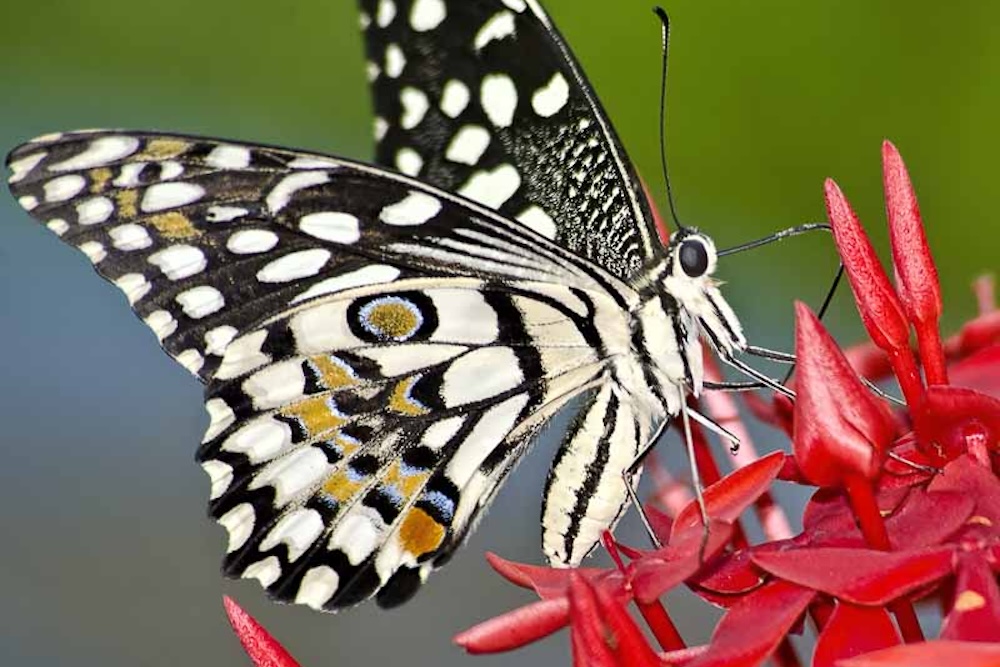
Why Attract Butterflies to Your Garden?
Butterflies are nature’s jewels, their iridescent wings adding a splash of colour and life to our gardens. But they aren’t just beautiful to observe.
They also serve a vital ecological function. As pollinators, they help plants reproduce by transferring pollen from one flower to another, aiding in the production of fruits and seeds. This process is fundamental for the survival of many plant species and for food production.
The presence of butterflies can also indicate a healthy environment as they can be sensitive to pollution and habitat destruction. By attracting butterflies to your garden, you contribute to local biodiversity, providing a sanctuary for these enchanting creatures.
Understanding Butterflies: Their Needs and Preferences
Butterfly Life Cycle and Its Relevance
A butterfly’s life cycle consists of four stages:
- Egg: A female butterfly lays her eggs on specific host plants.
- Larva (caterpillar): After hatching, the caterpillar spends most of its time eating the host plant it was born onto.
- Pupa (chrysalis): The caterpillar forms a chrysalis, undergoing a remarkable transformation inside.
- Adult: The mature butterfly emerges from the chrysalis, ready to feed, mate, and lay eggs on appropriate host plants.
Understanding this life cycle is important when planning a butterfly-friendly garden, as different stages require different resources.
Nectar Preferences of Butterflies
In their adult life phase, butterflies feed primarily on nectar, a sweet liquid produced by flowers. They are particularly attracted to plants with high nectar production and prefer certain colours, stereotypically purple. However, preferences for certain flowers can vary between species and you’ll often see butterflies visiting white, yellow, red and pink flowers as well.
The shape of the flower can also influence its attractiveness to butterflies. Flat, open flowers that provide a landing platform, like zinnias or daisies, are especially appealing.
How to Bring Butterflies to Your Garden
Planting Nectar-Rich Flowers
Incorporating certain Australian native plants into your garden can significantly increase its attractiveness to butterflies. Species such as the bottlebrush (Callistemon spp.), kangaroo paw (Anigozanthos spp.), and lilly pilly (Syzygium smithii) are known to be particularly enticing.
Flowering plants in clusters of the same species can make your garden more visible to butterflies, and a variety of colours will attract a broader range of butterfly species.
Providing Host Native Plants
Host plants are where female butterflies lay their eggs, and these plants serve as food for the hatched caterpillars. Native tussock grasses are a welcome addition as a food source for a wide range of native caterpillars to feed on.
These food plants attract butterflies native to your area who will lay eggs, helping your wildlife garden provide food for the caterpillar phase.
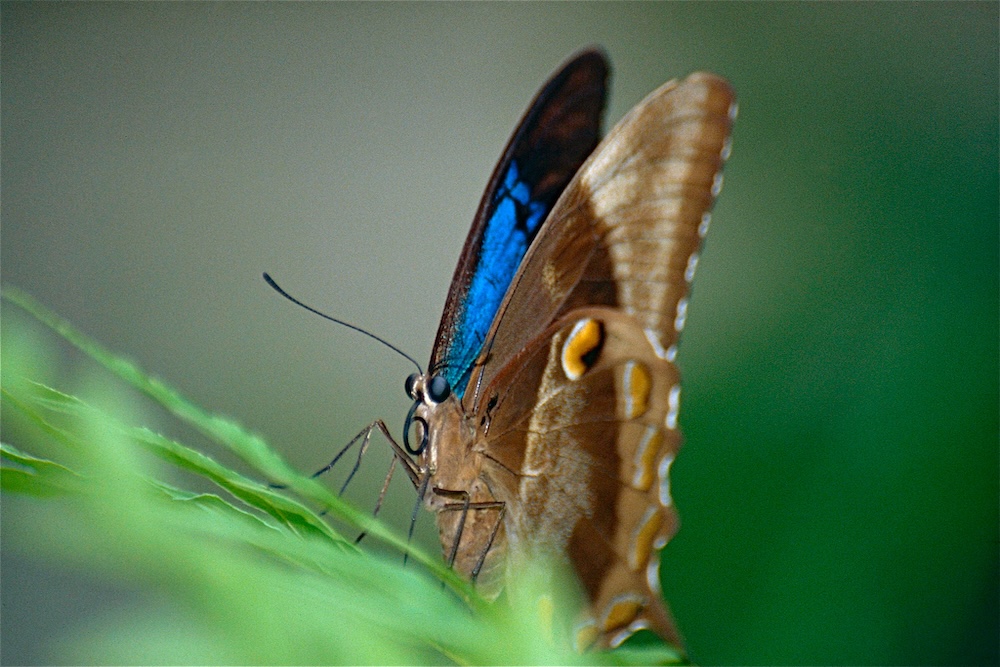
Providing a Water Source
Butterflies need water just like any other animal. They often gather at wet sand or soil to drink water and extract minerals, a behaviour known as ‘puddling’. Creating a puddling station can be as simple as filling a shallow dish with sand and keeping it moist.
Creating a Butterfly-Friendly Environment
Importance of Sunlight and Wind Protection
Butterflies are cold-blooded creatures, which means they rely on external heat sources to regulate their body temperature. They need warmth from the sun to have the energy for flight. So provide areas in your garden that receive ample sunlight.
Well-placed rocks or garden benches can serve as ideal basking spots, allowing butterflies to rest and warm up in the early morning sun before starting their day.
Just as important as sunlight is protection from strong winds. Butterflies are delicate creatures, and strong winds can make flying difficult and exhausting for them. Planting dense shrubs or setting up fences can create effective windbreaks, providing a safe haven for butterflies to feed and rest without being buffeted by the wind.
Avoiding Chemicals
Chemicals commonly used in gardens, such as pesticides and herbicides, can be harmful to butterflies. These substances not only kill off the caterpillars that feed on the plants but harmful chemicals can also contaminate the nectar that adult butterflies feed on, leading to their decline.
Instead of resorting to chemical solutions for pest control, consider natural alternatives. For instance, encouraging the presence of birds and beneficial insects like ladybirds and lacewings can help keep pest populations in check.
Integrated Pest Management (IPM) is another effective strategy to consider. IPM involves using a combination of biological, cultural, physical, and chemical methods to manage pests, with a focus on minimising harm to the environment and human health. It’s about creating a balanced ecosystem where pests are naturally kept under control. Learn more about IPM here.
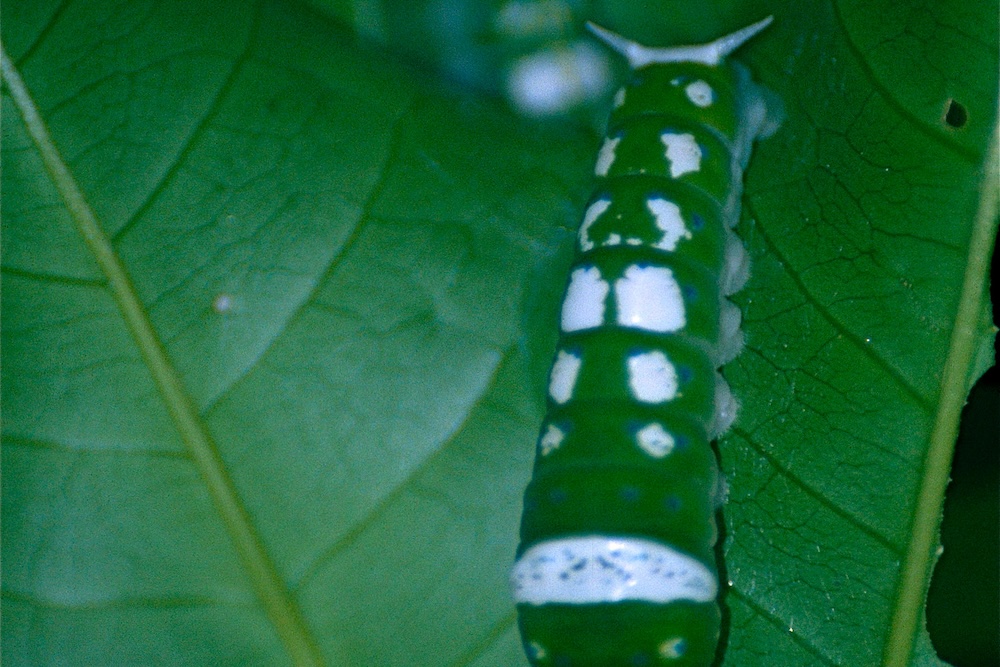
Monitoring and Adapting Your Butterfly Garden
Keeping a record of which plants attract the most butterflies and which species visit your garden can be a fun and informative activity. It allows you to understand the preferences of your local butterfly population better and adapt your garden accordingly.
Seasonal changes can also affect butterfly behaviour. Different species are active at different times of the year, and their nectar and host plant preferences may vary. Regularly observing and adapting your garden to these changes can ensure it remains attractive to butterflies throughout the year.
Taking lots of photos can be useful for your records, and it’s also just good fun.
Daniel’s Wrap
Transforming your garden into a butterfly paradise involves more than just planting a few nectar-rich flowers. You need to understand the needs and behaviours of butterflies, create a conducive environment for them, and be willing to adapt based on observations and seasonal changes.
By following the steps outlined in this guide, you can create an eco-friendly garden that not only attracts a dazzling array of butterflies but also contributes to local biodiversity.
So why wait? Start your journey today and experience the joy of watching these beautiful creatures fluttering around in your very own butterfly paradise.

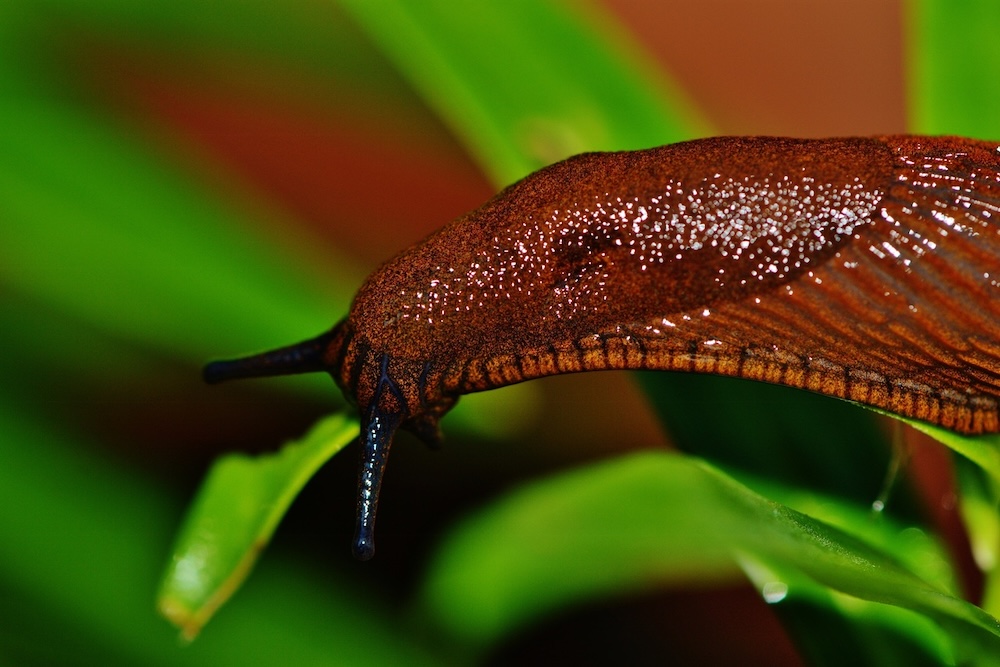
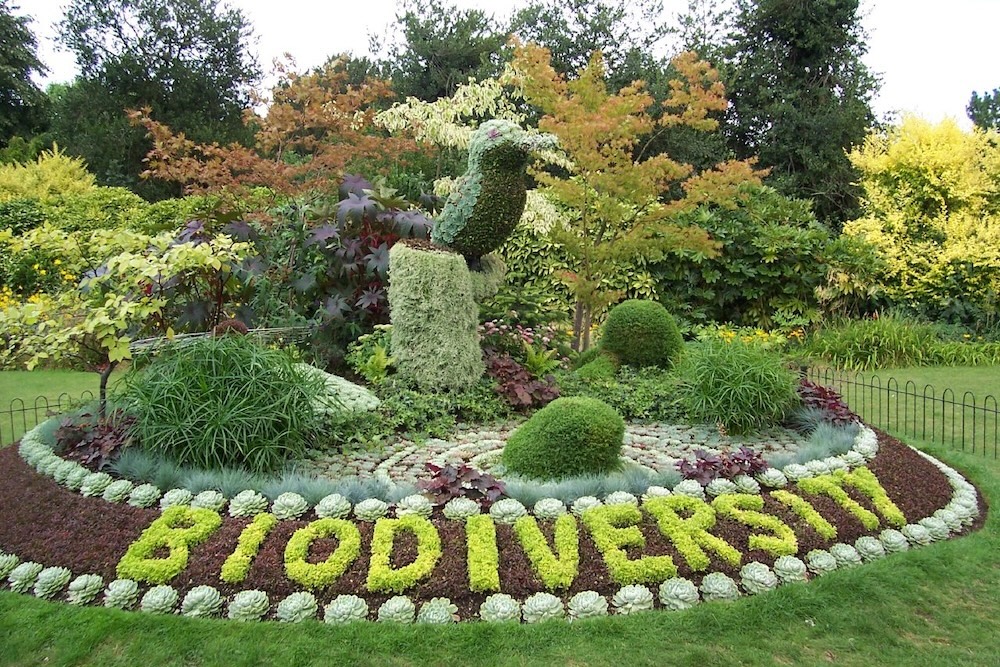
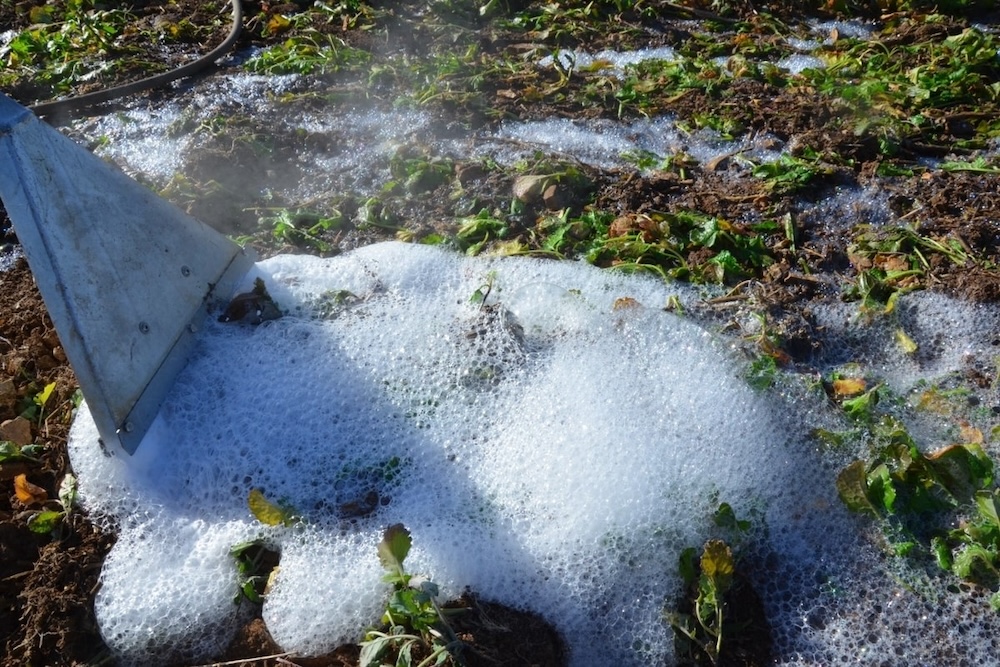
This Post Has 0 Comments